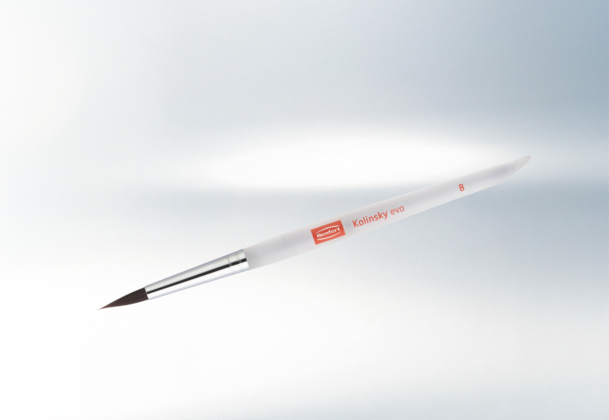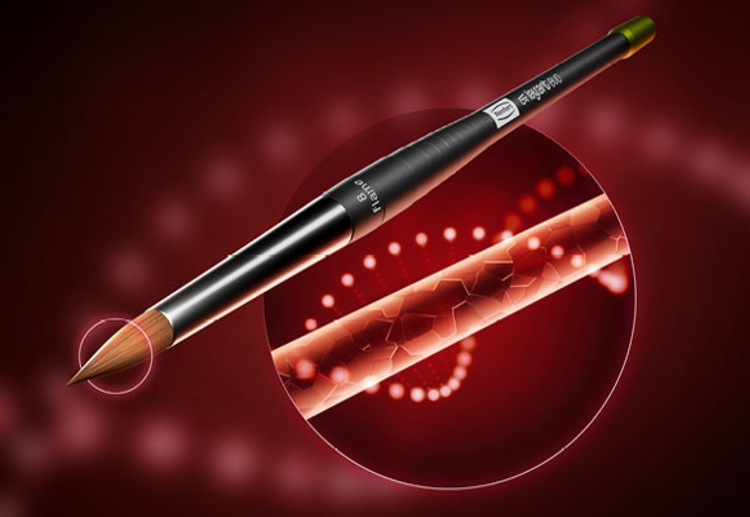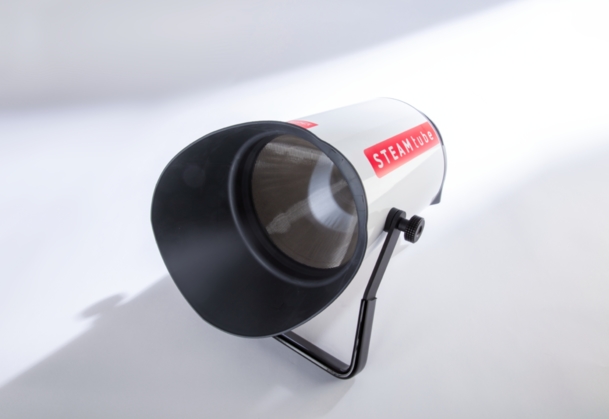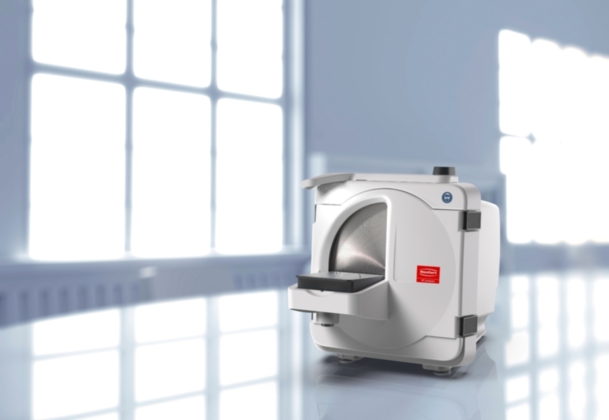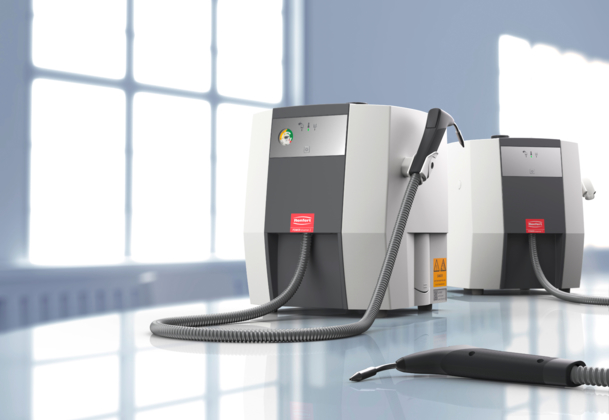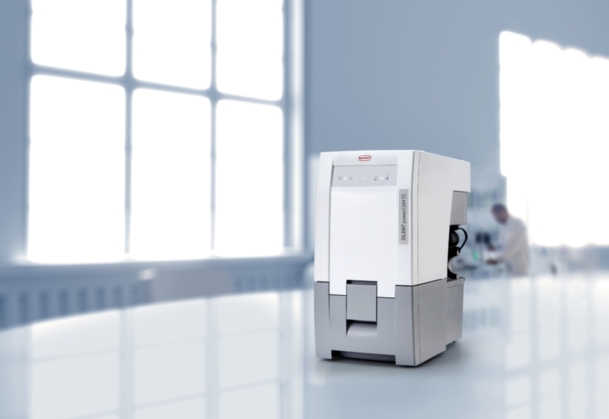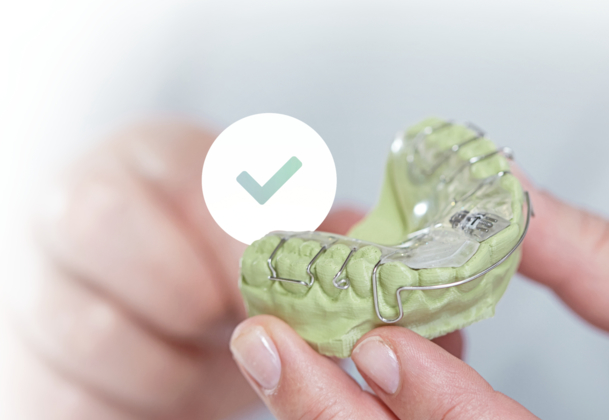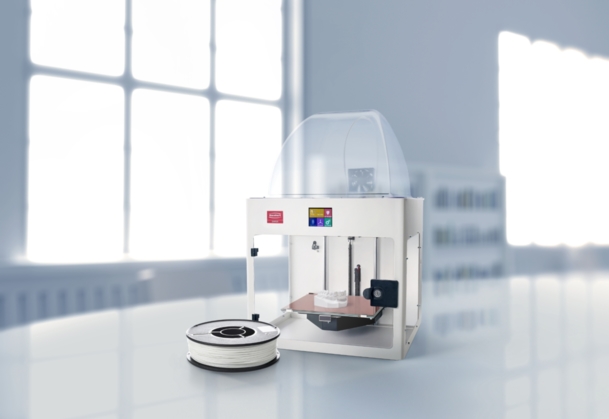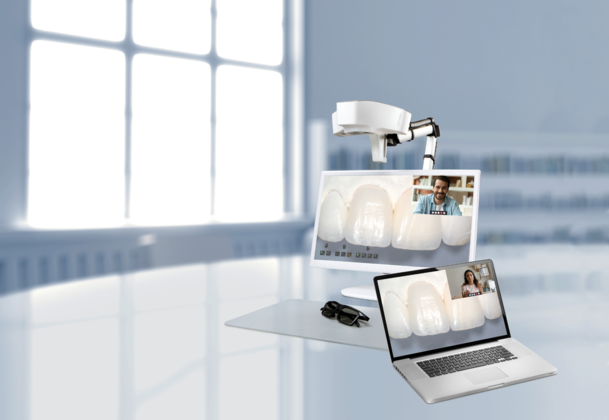03.05.2024 - 04.05.2024
Zahntechnik plus
Leipzig, Germany
03.05.2024 - 06.05.2024
AAO
New Orleans, USA
16.05.2024 - 18.05.2024
Expodental Rimini
Rimini, Italy
17.05.2024 - 18.05.2024
DTS 2024
Birmingham, United Kingdom
17.05.2024 - 17.05.2024
Lab Day West
Garden Grove, USA
22.05.2024 - 25.05.2024
Dentex Algiers
Algiers, Algeria
30.05.2024 - 01.06.2024
Jahrestagung der Arbeitsgemeinschaft Dentale Technologie
Nürtingen, Germany
06.06.2024 - 09.06.2024
Dental Expo El Jadida
El Jadida, Morocco
06.06.2024 - 08.06.2024
Dentex
Zagreb, Croatia
07.06.2024 - 08.06.2024
FDLA
Orlando, USA
{- subtitle -}
{- title -}
{- text -}
{- title -}
{- text -}
23.02.2024
Kolinsky evo: Le champion ultra-performant parmi les pinceaux à céramique désormais aussi en poils bioniques
09.11.2023
Easyclean TEC: Une performance au top – un design au top
25.09.2023
lay:art evo: Le nouveau pinceau haut de gamme en poils bioniques
04.09.2023
STEAM tube – Box cylindrique ingénieux pour le nettoyage à la vapeur
03.07.2023
POWER steamer – un appareil à jet de vapeur qui pose de nouveaux jalons en termes de fiabilité
07.03.2023
Renfert propose un agent isolant spécifique pour les modèles imprimés
07.03.2023
L’aspiration spéciale FAO puissante de Renfert place la barre très haut
07.03.2023
Renfert propose un appareil de nettoyage aux ultrasons astucieux et conforme au règlement MDR
07.03.2023
Renfert lance un taille-plâtre hautes performances doté de fonctions pratiques
07.03.2023
Renfert lance un spray matifiant 3D extra fin aux résultats particulièrement convaincants
{- subtitle -}
{- title -}
{- text -}
{- title -}
{- text -}
